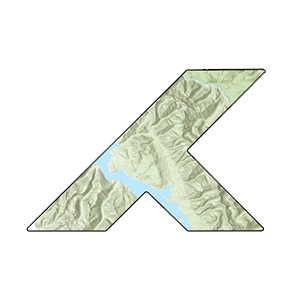After a century of catastrophic wildfires, the western U.S. learned to work with fire instead of fighting it. This speculative map imagines how the region adapted through managed burns, ecological restoration, and AI-driven prediction systems.
The Data
Fire perimeters come from the USGS Monitoring Trends in Burn Severity dataset, covering 2000–2024. It includes more than 7,000 major fires across 11 western states, with details on burn severity, ignition date, and total acreage. The data was processed in PostGIS for spatial analysis, simplified, and exported to GeoJSON for smooth web performance.
AI Integration
This is the first map in the challenge to include an AI agent. The chatbot runs on Claude 3.5 Haiku through Anthropic's API. Each query costs a fraction of a cent, making it practical to use in a public map. The prompt is structured with XML tags and examples so the model can interpret wildfire data, regional history, and adaptation strategies. It can reference specific fires, estimate risk zones from past density, and describe how management practices could evolve by 2125.
Specialized AI agents are the next step in geospatial analysis. Generic chatbots can answer questions, but domain-trained agents understand your data, your methods, and your region. By 2125, every interactive map will have a purpose-built agent that can explain patterns, model scenarios, and help users make decisions directly in the map.
The 2125 Vision
By 2125, the West has shifted from fire suppression to fire adaptation.
- Managed fire zones rotate prescribed burns every 8–12 years
- Native species restoration builds fire-resilient ecosystems
- Fire-resistant buffers and predictive evacuations protect communities
- Fuel mosaics and smart vegetation planning limit spread
This isn't just a future we can imagine. It's one we can start mapping today.
Data Sources
USGS MTBS - Monitoring Trends in Burn Severity (1984-2024)
Anthropic Claude - AI-powered fire prediction and analysis
